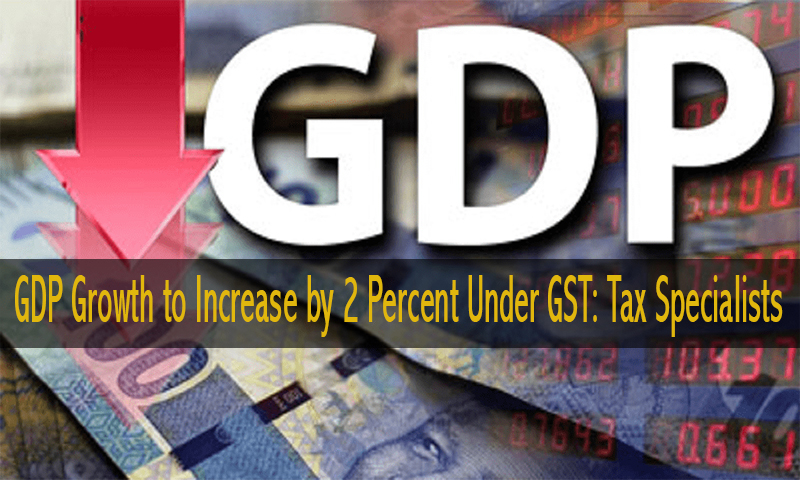Tax Specialists on Sunday said there will be a uniform and one-nation-one-tax in the form of GST effective from April 2017. The experts along with CAs were present at a regional tax conference held with the Joint efforts of Nashik and Jalgaon branches of The Institute of Chartered Accountants of India (ICAI).
Bimal Jain, chairman, Indirect Tax Committee of PHD Chamber of Commerce, said, “The present indirect taxes in India have driven business to structure and model their supply chain and systems owing to the multiplicity of taxes and costs involved therein. GST will be a big game-changing reform for Indian economy by developing a common Indian market and reducing the cascading effect of taxes on the cost of goods and services.”
He added, “GST has broad-based implications, affecting the entire organisation regardless of the size and nature of the business. There will be uniform tax structure across the country based on the one-tax-one-nation formula. Currently, the total taxes on the supply of goods in the country are around 27%. But the standard tax rate of GST will be 18%.”
Keeping in mind the federal character of the Constitution in which the power to tax domestic trade is divided between the Central and the state governments, it was felt that the dual GST model will serve the purpose and would take care of the fiscal autonomy of the state’s. Under the dual GST model, there will be two streams of GST running concurrently,” said Jain.
According to another expert S Gupta said, “Implementation of the GST is expected to provide a competitive advantage in the international market. With this, the GDP growth could go up by around 2%. Further, it is predictable that GST will provide international competitiveness by around 5%, increase foreign direct investment in the country.”
Recommended: GST Impact on Gross Domestic Product (GDP) in India
